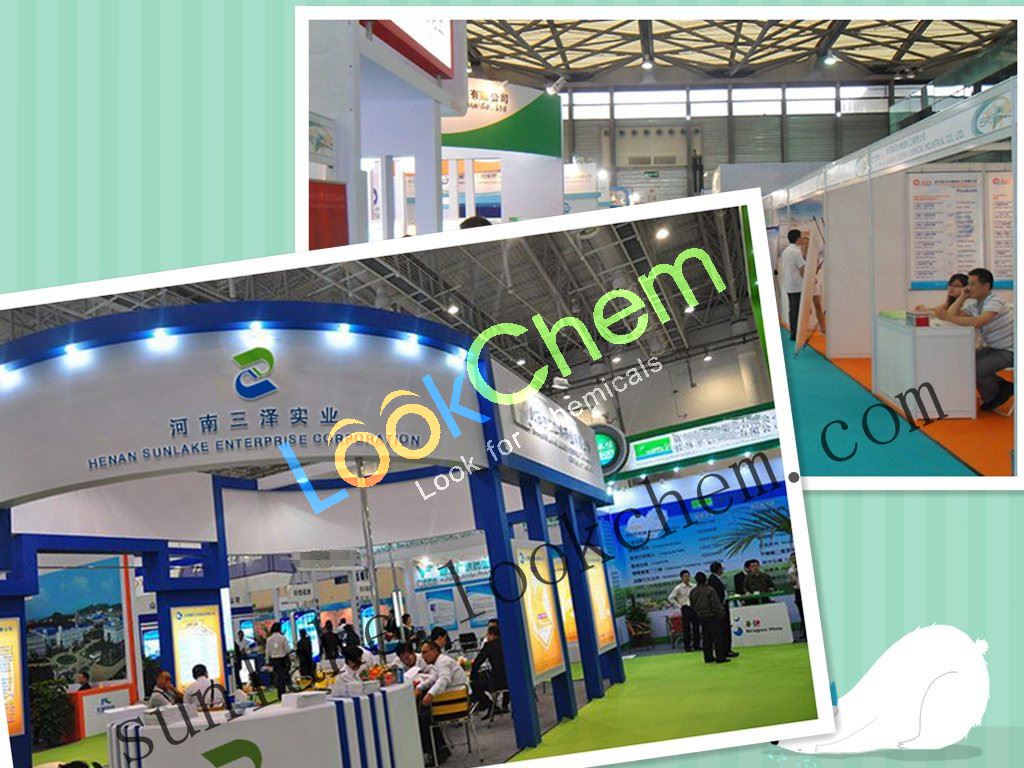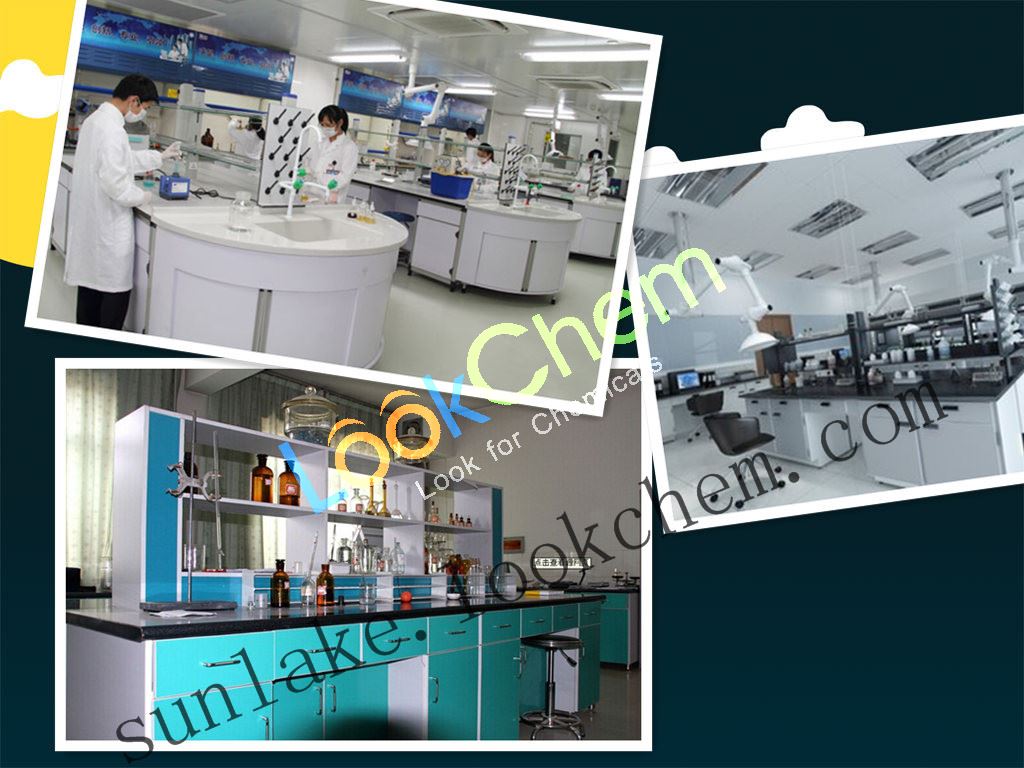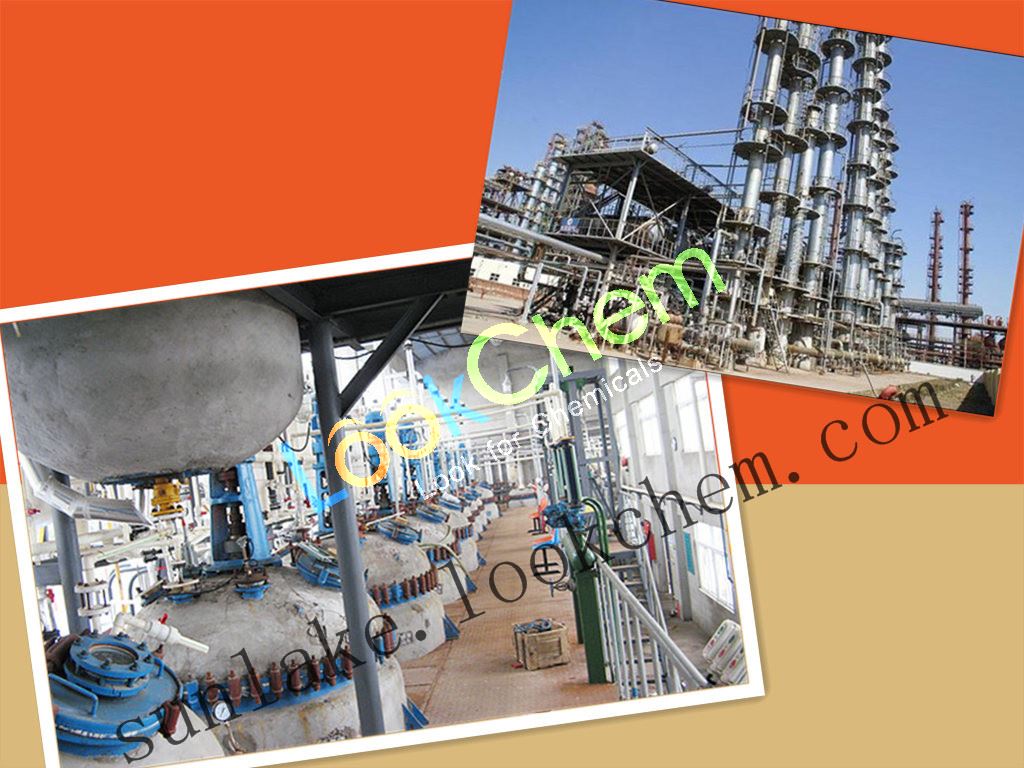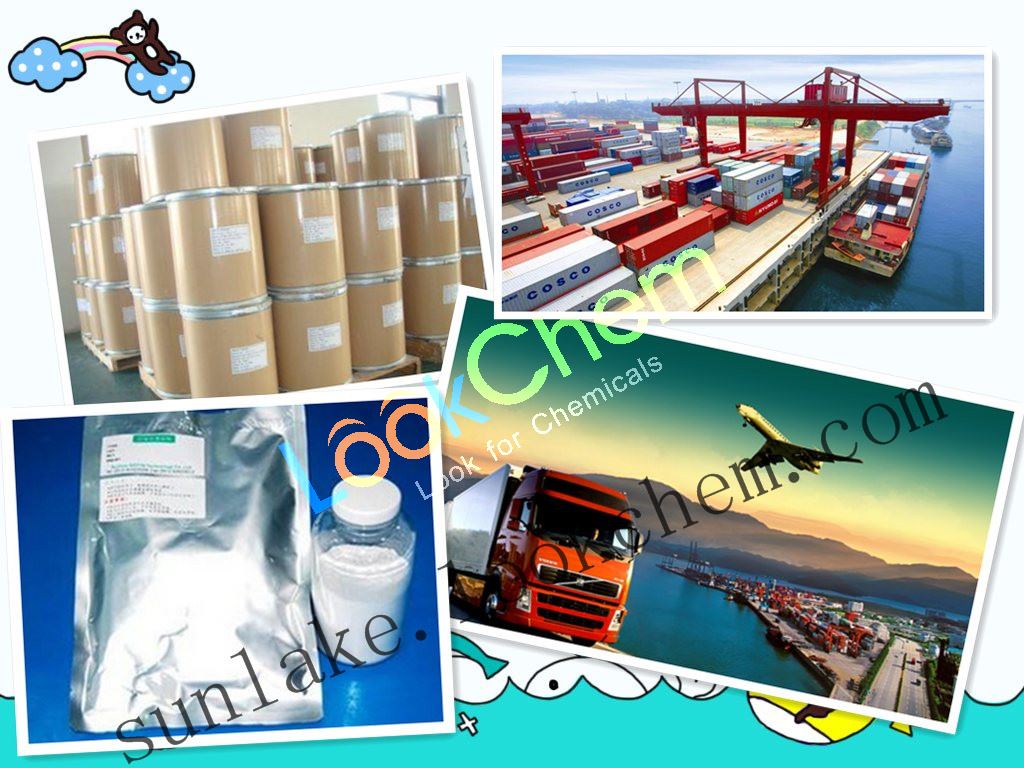Product Certification&
Enterprise Certification
Country: ![]() China (Mainland)
China (Mainland)
Business Type:Trading Company
Tel: 17734809689
Mobile:
Tel: 17734809689
Fax: +86-371- 86259723
Province/state: HENAN
City: ZHENGZHOU
Street: Mingmen International Center, NO.222 Dongming Road,Zhengzhou,Henan,China
MaxCard:
 Contact Suppliers
Contact Suppliers
CAS NO.77-48-5
1(10-100)Metric Ton1(10-100)Metric Ton
| 1,3-Dibromo-5,5-dimethylhydantoin Basic information |
| Product Name: | 1,3-Dibromo-5,5-dimethylhydantoin |
| Synonyms: | dibromantine;n,n’-dibromodimethylhydantoin;1,3-DIBROMO-5,5-DIMETHYL-2,4-IMIDAZOLIDINEDIONE;1,3-DIBROMO-5,5-DIMETHYLHYDANTOIN;Dibromo-5,5-dimethylhydantoin;DIBROMO DIMETHYL HYDANTOIN;DIBROMANTIN;DIBROMATIN |
| CAS: | 77-48-5 |
| MF: | C5H6Br2N2O2 |
| MW: | 285.92 |
| EINECS: | 201-030-9 |
| Product Categories: | Nitrogen cyclic compounds;Miscellaneous;Bromination;Halogenation;Synthetic Organic Chemistry;Water treatment chemicals;Non-Chiral heterocyclic compounds;water treatment |
| Mol File: | 77-48-5.mol |
|
|
|
| 1,3-Dibromo-5,5-dimethylhydantoin Chemical Properties |
| mp | 197-199 °C (dec.)(lit.) |
| Fp | 155 °C |
| storage temp. | 0-6°C |
| Decomposition | 197-199 ºC |
| Sensitive | Moisture Sensitive |
| Merck | 3017 |
| BRN | 146024 |
| CAS DataBase Reference | 77-48-5(CAS DataBase Reference) |
| EPA Substance Registry System | 2,4-Imidazolidinedione, 1,3-dibromo-5,5-dimethyl-(77-48-5) |
| Safety Information |
| Hazard Codes | O,C,N,Xi |
| Risk Statements | 8-22-35-50/53-50-34 |
| Safety Statements | 17-26-36/37/39-45-60-61 |
| RIDADR | UN 3087 5.1/PG 2 |
| WGK Germany | 3 |
| RTECS | MU0686000 |
| Hazard Note | Harmful/Irritant |
| HazardClass | 5.1 |
| PackingGroup | II |
| HS Code | 29332100 |
| MSDS Information |
| Provider | Language |
|---|---|
| 1,3-Dibromo-5,5-dimethyl-2,4-imidazolidinedione | English |
| ACROS | English |
| SigmaAldrich | English |
| ALFA | English |
| 1,3-Dibromo-5,5-dimethylhydantoin Usage And Synthesis |
| Industrial brominating agent and disinfectant | 1, 3-Dibromo-5, 5-dimethylhydantoin is primarily used as an industrial brominating agent and antiseptic disinfectant. It is a very useful kind of brominating agent. Compared with brominating agent such as N-bromoacetamide, N-bromosuccinimide, etc. it has a lot of advantages including high content of active bromine, excellent storage stability, and economic application. Therefore, it is widely applied to chemical and pharmaceutical industry such as being used for the bromination of allyl and benzyl compounds as well as aromatic ring, the addition reaction of the bromine in double bond and hydrogen bromide as well as the selective oxidation of secondary alcohols; in addition, it is also a kind of efficient and safe disinfectant with a strong efficacy in killing fungi, bacteria and viruses as well as in killing the adverse algae in the water. It can be applied to the prevention and treatment of many kinds of diseases in aquaculture related to fish, shrimp, frogs and turtles as well as the disinfection of swimming pool, fruit preservation and algae killing via industrial recycled water algae and daily disinfection. For example, the experts in the Beijing SARS prevention and control working panel had proposed for using the 1, 3-Dibromo-5, 5-dimethylhydantoin solution with effective bromine being 500 ~ 1000mg / L for spray, mopping and cleaning, having the disinfection for 10 ~ 15min to prevent SARS. |
| Physical and Chemical Properties | 1, 3-Dibromo-5, 5-dimethylhydantoin has the English abbreviation be DBDMH with pure product being white solid and the mp being 196 ~ 198 ℃. The industrial products appear as a pale yellow solid with a mp of 194 ~ 197 ℃; it is soluble in chloroform, ethanol, acetone and other organic solvents, slightly soluble in water with 1 L water being able to dissolve 2.2 g of DBDMH at 20℃ with the pH of 0.1% aqueous solution being 2.6; It is prone to be subject to decomposition in strong acid or alkali; it is stable when dry and is easy to absorb moisture with partially hydrolysis after moisture absorption; it has a slight pungent odor with the active bromine content being 54% to 55%. |
| Sterilization Mechanism | DBDMH, upon hydrolysis in water, can mainly form hypobromous acid and can release bromine in the form of hypobromous acid. DBDMH, due to able to release bromine in a high reaction rate, can continuously release Br- ions in the water, further playing a bactericidal effect. However, other kinds of halogenated hydantoin, such as 1, 3-Dibromo-5, 5-dimethylhydantoin or bromochlorohydantoin, release the chlorine in a very slow rate, leading to that the time for reaching the peak of sterilization in the water is lagging behind, therefore, DBDMH usually has a higher efficiency than other kind of halogenated hydantoin at relatively rapid bactericidal conditions. |
| Synthesis of 1,3-Dibromo-5,5-dimethylhydantoin |
Adding an appropriate amount of water to dimethyl hydantoin, control the temperature at about 30 ℃ for stirring of 30min until all the dimethyl hydantoin is dissolved. Add drop wise of appropriate amount of bromine within a certain period of time and then have reaction for several hours. After the completion of the reaction, cool the solution, crystallize using ethanol, filter, and dry with the light-yellow solid being finished product of DBDMH. The optimal condition for experimentally determination and synthesis of DBDMH is: the optimum molar ratio of DMH to bromine is 1: 2.0; the solvent amount is 80 mL (water) /0.1mol (Hein); the reaction temperature should be about 30 ℃; Reaction time is around 5min with the yield of 1,3- dibromo-5,5-dimethylhydantoin being up to 80%. |
| Applications | DBDMH is an important chemical product and has been widely applied in chemical, pharmaceutical and agricultural industries with various kinds of advantages including excellent stability, high content of bromine and high reactive activity. Currently, the combined formulation between DBDMH and other halogenated hydantoin for application has become a hotspot in recent years such as the combined application of BCDMH and DBDMH as well as the combined application of DCDMH and DBDMH. For the combined formulation of DBDMH and other halogenated hydantoin, one critical factor is the ratio between effective chlorine and effective bromine. For example, at pH 7.1, compound formulation with the same dose of BCDMH and DBDMH has a significantly higher bactericidal efficacy than DBDMH alone or BCDMH alone. Many domestic and foreign experts believe that the most significant oxidizing biocide is the compound halogenated compound formulation combining BCDMH and DBDMH. In agriculture, DBDMH is mainly used for aquaculture including pond disinfection, prevention of water disinfection, disease treatment, etc., and is not affected by water quality, salinity, pH, temperature, and other organic compounds during usage. In addition, there has been already cases in which people has applied DBDMH as high-efficiency and low-toxicity disinfectant for combined formulation with stearic acid monoglyceride and Tween-80 and applied to the surface of the orange for preventing mold and preservation, and has already achieved excellent results. We can expect that this preservative can also be used for storage and preservation of other fruits and vegetables. Therefore, with the continuous development of chemical and pharmaceutical industry and increasing people's living standards, it is expected that the application range and demand of DBDMH will increase greatly. |
| Chemical Properties | It appears as white or light yellow crystalline powder. |
| Production method | It is obtained through the bromination of 5, 5-dimethyl hydantoin. Mix the 5, 5-dimethyl hydantoin, sodium carbonate, sodium hydroxide and water together, add bromine slowly under cooling. After the addition, it was poured into water with the crystal filtered out after standing being the crude product. The crude product was further dissolved in acetone for decolorizing and filtrating. The filtrate was poured into water to give white crystalline which is the finished product. |
| Category | Pesticide |
| Toxicity grading | Highly toxic |
| Acute toxicity | Oral- rat LD50: 250 mg / kg. |
| Flammability and hazard characteristics | It is flammable with burning discharging spicy smoke of bromide and nitrogen oxides. |
| Storage properties | Warehouse: cold, ventilated and dry; store it separately from food raw materials. |
| Extinguishing media | Water, carbon dioxide, dry, sandy soil. |
| Chemical Properties | solid |
| 1,3-Dibromo-5,5-dimethylhydantoin Preparation Products And Raw materials |
| Raw materials | Hydrochloric acid-->Sodium hypochlorite-->5,5-Dimethylhydantoin |
| Preparation Products | 1-FLUORO-4-(TRIFLUOROMETHYLTHIO)BENZENE-->5-BROMO-2-(DIMETHYLAMINO)PYRIMIDINE |
Service we provide:
1. Mixed container, we can mix different items in one container.
2. Quality control, before shipment, free sample for test. after shipment, keep sample for 3 years
3. Prompt shipment with professional documents
4. Packing as your request, with photo before shipment
We have clients throughout the world:
Professional service and rich experience make customers feel at ease, adequate stock and fast delivery meet your desire.

Our Laboratoy
We have our own independent lab test center:
This makes sure that our technology support is reliable and authoritative.All of self-owned fine chemicals are manufactured strictly in accordance with international standard.,and also has scientific cooperation with local colleges and institutes.

Our factory
High quality with competitive price:
We are manufacturer and can provide high quality products with factory price

Package & Shipment
Fast and safe delivery:
Parcels can be sent out within 24 hours after payment. Tracking number is available
Secure and discreet shipment. You have various choices of transportation methods
